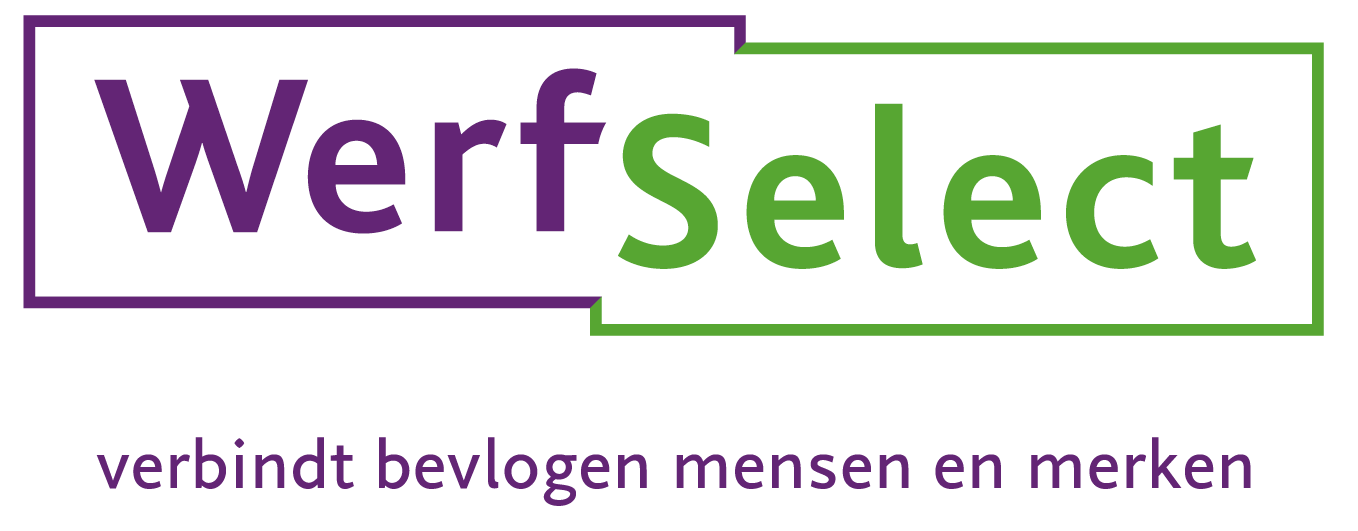Why is top talent often misunderstood?
Understanding top talent is a challenge many companies face. One of the main reasons for this is the existence of biases. Often people have preconceived ideas about what top talent should be, based on stereotypical images rather than reality. This can lead to overlooking talented individuals who do not fit that stereotype.
In addition, there is often a lack of understanding of the personal skills that make someone a top talent. Companies often focus too much on achievements on paper, such as degrees and work experience, without looking at the personal qualities and competencies a person brings. This can result in a mismatch between an employer’s expectations and an employee’s actual qualities.
How do misconceptions about top talent differ across industries?
Each industry has its own unique view of what constitutes top talent, and that can lead to various misconceptions. In the technology industry, for example, there may be a strong emphasis on technical skills and innovative ideas, while the human side, such as communication and teamwork, may be overlooked.
In the creative sector, on the other hand, there may be too much focus on individual performance and artistic flair, while consistency and reliability are less valued. These types of sector-specific misconceptions can cause companies to miss out on valuable candidates who may not meet traditional expectations, but have the right mix of skills and personality.
How do misconceptions about top talent affect companies?
Misconceptions about top talent can have far-reaching consequences for companies. It can lead to an inefficient hiring process, wasting time and resources on candidates who are not a good fit for the organization. It can also disrupt dynamics within teams, as there may be tension between employees who are labeled “top talent” and those who are not.
Moreover, these misconceptions also affect the retention of valuable employees. When employees do not feel recognized for their true qualities, it can lead to demotivation and ultimately to leaving. This loss of talent can significantly hinder a company’s growth and success.
How can companies correct misconceptions about top talent?
To correct misconceptions about top talent, it is important for companies to review their hiring processes. A personalized approach, such as the one we use, can help to better understand candidates. This means looking beyond the resume and delving deeper into personal attributes and the cultural fit within the team.
In addition, it is helpful to create an open and diverse work environment in which different talents are recognized and valued. This can be done by providing training to the hiring team on unconscious biases and by developing clear criteria for what is considered top talent within the organization. By implementing these strategies, companies can be better prepared to attract and retain the right talent.
Recognizing and valuing top talent is a crucial step toward a successful organization. By being aware of misconceptions and actively addressing them, your company can not only attract the best candidates, but also create an environment in which everyone can excel. At WerfSelect, we are happy to help you break these misconceptions and find the right match for your organization.






